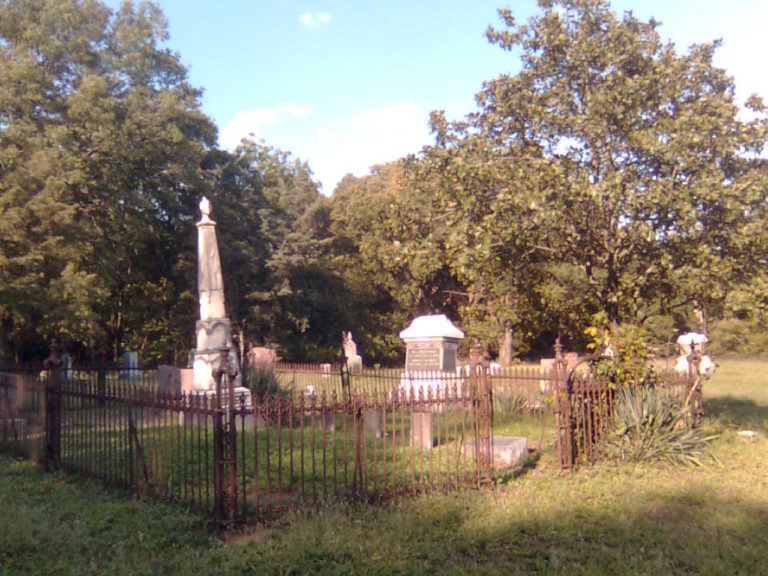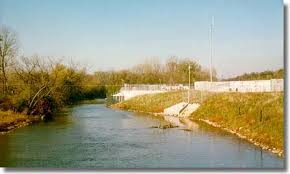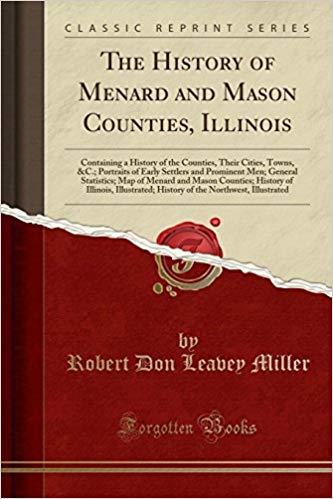History – Village of Forest City
VILLAGE OF FOREST CITY 1859- c. 1880 The village of Forest City was surveyed, in 1859, by J. F. Coppel and Alexander Cross, for Walker, Kemp, Wright and Waggenseller. The original plat contained forty-seven acres. An addition of forty acres lying east of the original town was made in 1865 by D. S. Broderic….




